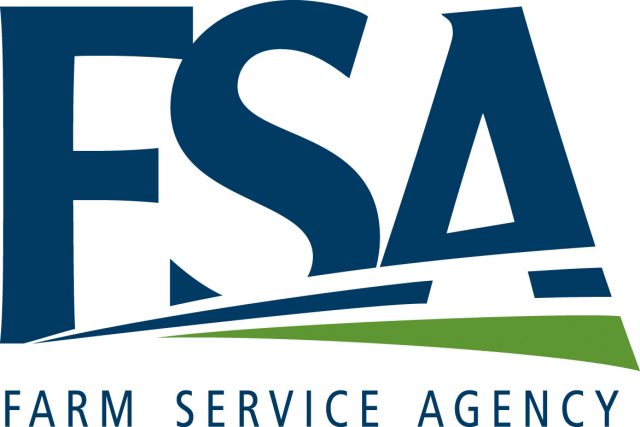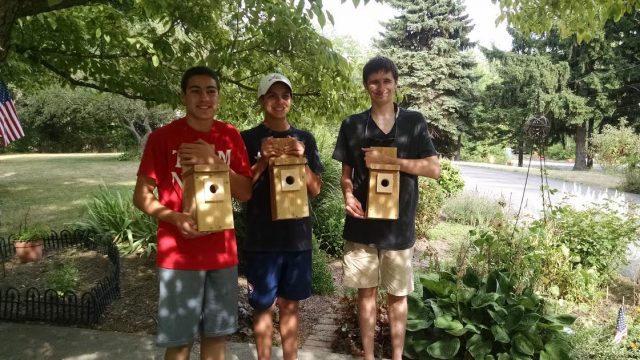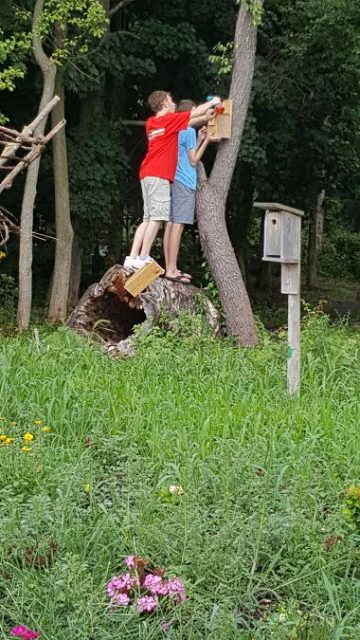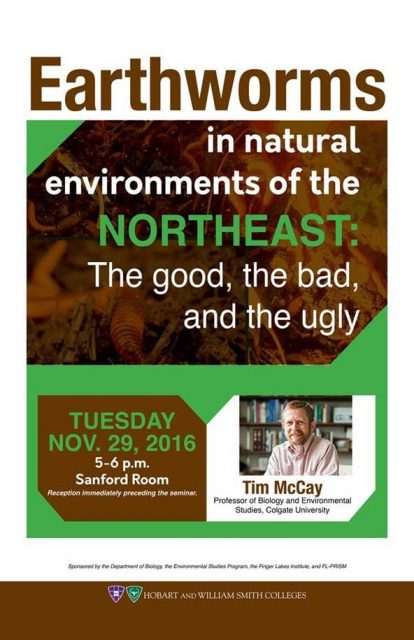 The Department of Biology, the Environmental Studies Program, the Finger Lakes Institute, and FL-PRISM invite you to join them for a co-hosted seminar on Tues. 11/29 (5-6 pm at Hobart Williams University, in the Sanford Room).
The Department of Biology, the Environmental Studies Program, the Finger Lakes Institute, and FL-PRISM invite you to join them for a co-hosted seminar on Tues. 11/29 (5-6 pm at Hobart Williams University, in the Sanford Room).
Dr. Tim McCay of Colgate University will speak about his research on earthworms in the Northeastern U.S.
All are welcome. Refreshments precede the seminar.

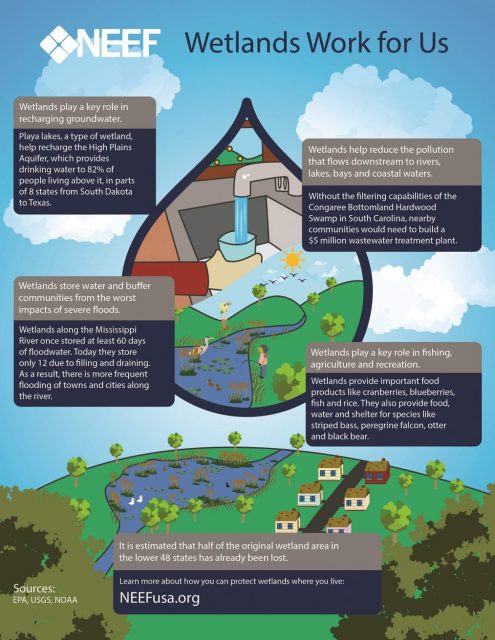
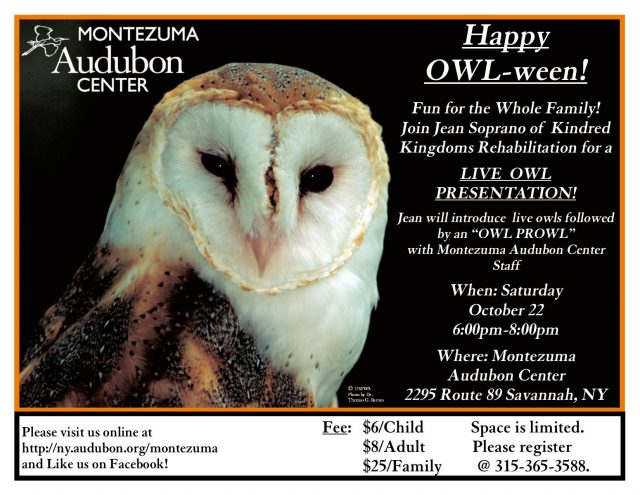 Whooooo is coming to Happy Owl-ween this Saturday from 6 pm – 8 pm at the Montezuma Audubon Center? If YOOOOU join us, you’ll see 5 owls during the indoor presentation and then enjoy a 1-mile hike with our staff to experience the nighttime sights, sounds and smells of Montezuma. Great-horned owls have been hooting it up in our forests so bring the entire family and join us! Cider and donuts will be provided. Fee: $6/child, $8/adult, $25/family. Space is limited and registration is required. Call
Whooooo is coming to Happy Owl-ween this Saturday from 6 pm – 8 pm at the Montezuma Audubon Center? If YOOOOU join us, you’ll see 5 owls during the indoor presentation and then enjoy a 1-mile hike with our staff to experience the nighttime sights, sounds and smells of Montezuma. Great-horned owls have been hooting it up in our forests so bring the entire family and join us! Cider and donuts will be provided. Fee: $6/child, $8/adult, $25/family. Space is limited and registration is required. Call 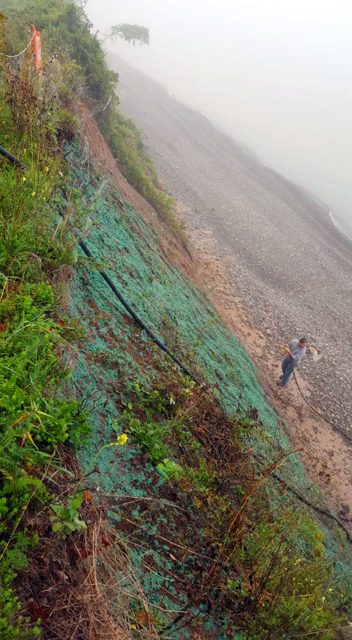 The District began hydro-seeding utilizing an erosion control blanket called Flex Terra HD, made up of biodegradable fiber and supplemented with conservation seed mixed specifically made for fast growth to encourage temporary erosion control on a very steep shoreline slope at the end of Blind Sodus Bay road, on the west side of the Blind Sodus Bay barrier bar a joining Lake Ontario. The residents of this area contacted the Town of Wolcott in August, when it became imminent to them that there was a concern with the loss of the roadway (1 ½ feet from the shoreline), access for public safety vehicles and utility lines, the proximity of the sewer main (12 feet from the shoreline) and potential loss of a barn/storage (15 feet from the shoreline). The shoreline has become a cliff and because it is so close to the road, poses a concern for long term safety for the residents.
The District began hydro-seeding utilizing an erosion control blanket called Flex Terra HD, made up of biodegradable fiber and supplemented with conservation seed mixed specifically made for fast growth to encourage temporary erosion control on a very steep shoreline slope at the end of Blind Sodus Bay road, on the west side of the Blind Sodus Bay barrier bar a joining Lake Ontario. The residents of this area contacted the Town of Wolcott in August, when it became imminent to them that there was a concern with the loss of the roadway (1 ½ feet from the shoreline), access for public safety vehicles and utility lines, the proximity of the sewer main (12 feet from the shoreline) and potential loss of a barn/storage (15 feet from the shoreline). The shoreline has become a cliff and because it is so close to the road, poses a concern for long term safety for the residents.